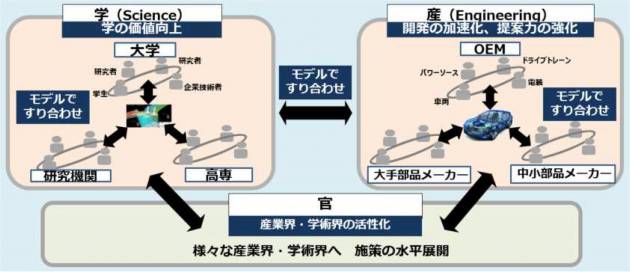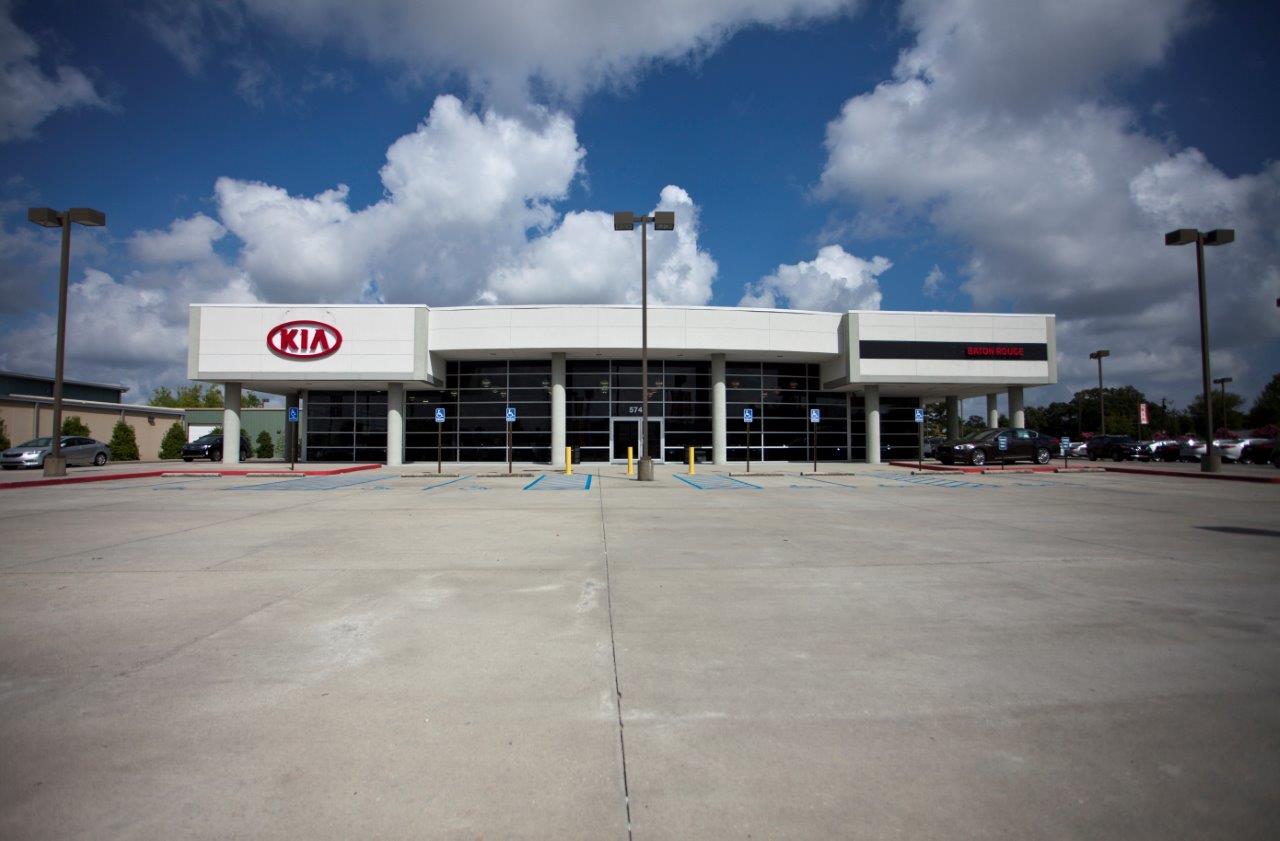Japanese automakers agree to standardize designs
#1
An interesting article about future co-operation by major Japanese automakers in design, although some of them, such as Toyota and Subaru, have already been working together on new vehicles for several years, and others, such as Nissan, are owned by other companies, such as Renault.
https://paultan.org/2021/09/29/honda...ith-suppliers/

Five Japanese car manufacturers (Honda, Mazda, Nissan, Subaru, Toyota) and five parts suppliers (Aisin, Jatco, Denso, Panasonic and Mitsubishi Electric) have agreed to standardise the way vehicles are designed in order to accelerate development and reduce costs.
All ten companies have announced that they will be the founding members of the new Japan Automotive Model-Based Engineering (JAMBE), which aims to promote the use of model-based development (MBD).
With MBD, every part is created in digital form to make up a virtual car that can then be subjected to a variety of simulations so engineers can identify potential issues and rectify them before continuing product development. Compared to building and testing actual prototypes, this approach is not only faster, but also more cost-efficient.
Some major automakers are already using MBD for their cars, but JAMBE brings in parts suppliers into the mix, allowing the same models to be used across companies in the engineering chain for better efficiency. This also reduces the need for companies to rework parts or modify designs to meet the requirements of each automaker, which helps reduce time and money spent.


“We don’t have the luxury of spending time to iron out differences between vehicle and parts makers,” said Mitsuo Hitomi, senior innovation fellow at Mazda, as reported by Nikkei Asia. “We will improve efficiency where we can so that we can focus on investing in such areas as environmental technologies,” he added.
Mazda used MBD when coming up with its SkyActiv technology that went into the first-generation CX-5 that was released in 2012. Other automakers like Honda and Toyota have also adopted MBD and this method is now the mainstream in the industry, although parts suppliers are still catching up. This is because of limited budgets, with lower-tier suppliers still dependent on the skills of machinists and not embracing digital design and development.
The founding of JAMBE aims to create an industry where digital models can be shared across the board, linking academic research with development of parts, systems and vehicles. This allows parties to coordinate and make adjustments digitally from the initial stages of development.
https://paultan.org/2021/09/29/honda...ith-suppliers/
Honda, Mazda, Nissan, Subaru, Toyota form JAMBE to promote model-based development with suppliers
In Cars, Honda, International News, Mazda, Nissan, Subaru, Toyota / By Gerard Lye / 29 September 2021 1:02 pm / 9 comments
Five Japanese car manufacturers (Honda, Mazda, Nissan, Subaru, Toyota) and five parts suppliers (Aisin, Jatco, Denso, Panasonic and Mitsubishi Electric) have agreed to standardise the way vehicles are designed in order to accelerate development and reduce costs.
All ten companies have announced that they will be the founding members of the new Japan Automotive Model-Based Engineering (JAMBE), which aims to promote the use of model-based development (MBD).
With MBD, every part is created in digital form to make up a virtual car that can then be subjected to a variety of simulations so engineers can identify potential issues and rectify them before continuing product development. Compared to building and testing actual prototypes, this approach is not only faster, but also more cost-efficient.
Some major automakers are already using MBD for their cars, but JAMBE brings in parts suppliers into the mix, allowing the same models to be used across companies in the engineering chain for better efficiency. This also reduces the need for companies to rework parts or modify designs to meet the requirements of each automaker, which helps reduce time and money spent.


“We don’t have the luxury of spending time to iron out differences between vehicle and parts makers,” said Mitsuo Hitomi, senior innovation fellow at Mazda, as reported by Nikkei Asia. “We will improve efficiency where we can so that we can focus on investing in such areas as environmental technologies,” he added.
Mazda used MBD when coming up with its SkyActiv technology that went into the first-generation CX-5 that was released in 2012. Other automakers like Honda and Toyota have also adopted MBD and this method is now the mainstream in the industry, although parts suppliers are still catching up. This is because of limited budgets, with lower-tier suppliers still dependent on the skills of machinists and not embracing digital design and development.
The founding of JAMBE aims to create an industry where digital models can be shared across the board, linking academic research with development of parts, systems and vehicles. This allows parties to coordinate and make adjustments digitally from the initial stages of development.
#2
So basically they will all use the same parts from the same suppliers, and the only difference are going to be cosmetic styling? I feel that this is already happening to a degree, and not just amongst the Japanese brands, and not just cars. Literally everything feels the same these days, as if everything is made in one gigantic factory.
#4
The founding of JAMBE aims to create an industry where digital models can be shared across the board, linking academic research with development of parts, systems and vehicles. This allows parties to coordinate and make adjustments digitally from the initial stages of development.
Trending Topics
#8
#9
#11
I don't know if I will like it. Isn't this JAMBE idea similar to the old GM structure where they share parts within their brand like Saturn, Chevy, Pontiac, GMC, Buick?
I do find the newer Japanese car less appealing, and my next car will likely be a non-Japanese brand.
I do find the newer Japanese car less appealing, and my next car will likely be a non-Japanese brand.
#12
I do find the newer Japanese car less appealing, and my next car will likely be a non-Japanese brand.
#13
One thing I hope this JAMBE agreement does is standardize shifters for the transmission. This current jumble of levers, rocker-switches, electronic joy-sticks, stubs, push/pull buttons, guesswork, and non-standard (PRNDL) patterns is nothing short of ludicrous...and is causing accidents.
#14
So basically they will all use the same parts from the same suppliers, and the only difference are going to be cosmetic styling? I feel that this is already happening to a degree, and not just amongst the Japanese brands, and not just cars. Literally everything feels the same these days, as if everything is made in one gigantic factory.
it will be more like european cars i guess. To my knowledge, many of the components are shared between MB, BMW, Audi, vw, etc.
https://europe.autonews.com/article/...el-report-says





